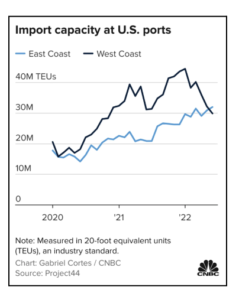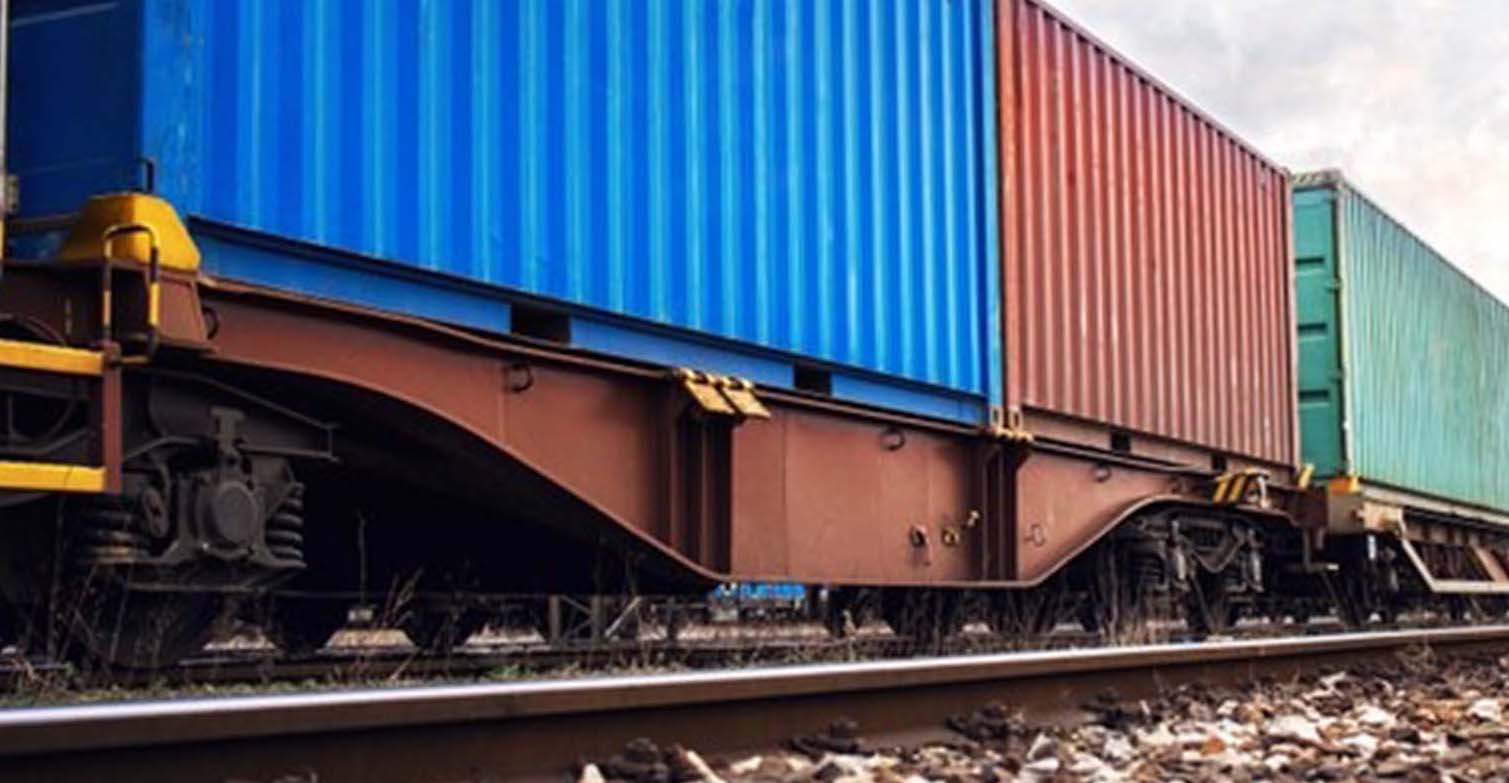For months now, the supply chain has continued to battle one issue after another. Many shippers have had to modify the way they move goods due to backed-up ports, labor shortages, and lack of truckload capacity. And rail disruption is no exception, especially off the West Coast.
In fact, Alameda Corridor Transportation Authority (ACTA) reported that the share of imports hauled by rail from Los Angeles/Long Beach fell to an all-time low Jan- April 2022, dropping 40%+ YoY. And while imports dropped, the average daily number of intermodal trains serving the ports dropped from 33 in 2019 down to 27 in 2022.
“Unfortunately, rail disruption is not an isolated issue”, said Michael Paul, VP Sleek Sales. “As with any mode of transportation, when disruption occurs all modes are impacted as shippers try to figure out how to keep goods moving so they deliver on time. To prove this point, DAT reports very tight capacity in LA and Abilene, TX with load to truck ratios reaching 4:1, which will cause over-road rates to increase during the fall peak season.”
Congestion at West Coast ports, along with the threat of labor shortages and strikes, has led to a steady increase of trade moving away from the West Coast to the East Coast. To understand market share, one can refer to trends in container volumes.  From January through May, Port of New York import containers increased 11.5% while Port of New Jersey increased 6.5%. To make matters worse, ports have begun to see an unusually early arrival of holiday products, including Christmas trees and Winter appeal. Household appliances are also part of long dwelling containers.
From January through May, Port of New York import containers increased 11.5% while Port of New Jersey increased 6.5%. To make matters worse, ports have begun to see an unusually early arrival of holiday products, including Christmas trees and Winter appeal. Household appliances are also part of long dwelling containers.
“All this said it’s no surprise that the West Coast rail disruption has impacted the shipper’s routing guide. Head haul and backhaul pricing continue to flip flop,” said Paul. “And as freight capacity remains imbalanced– constantly shifting– shippers will continue to struggle with forecasting truckload supply, demand, and price!”
This is where smart technology and automation come to play. When freight procurement is automated, shippers no longer need to rely on manual processes and inaccurate forecasting. Instead, real-time market data is used on-the-fly to dynamically source the right carrier, at the right time, location and price. Shippers who have automated freight procurement have reduced truckload cost on average 17%, while generating an industry-best 97%+ OTD- regardless of market disruptions.

